One of the key ingredients in this artificial cartilage is a nanoversion of the synthetic fiber in body armor.
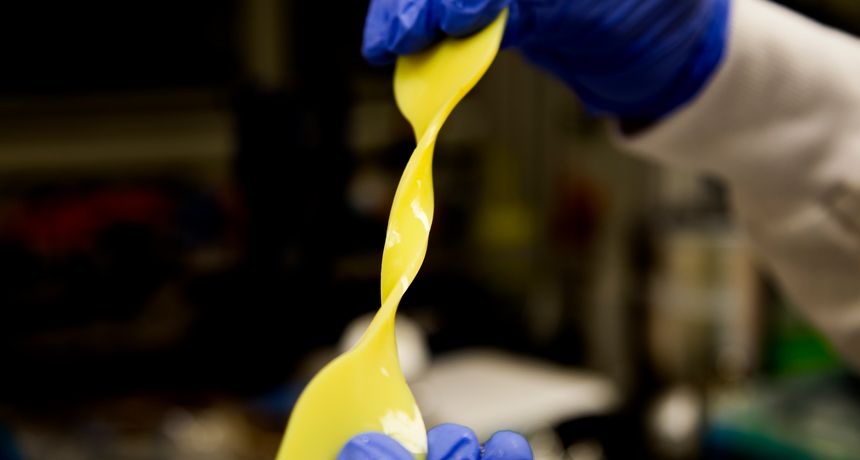

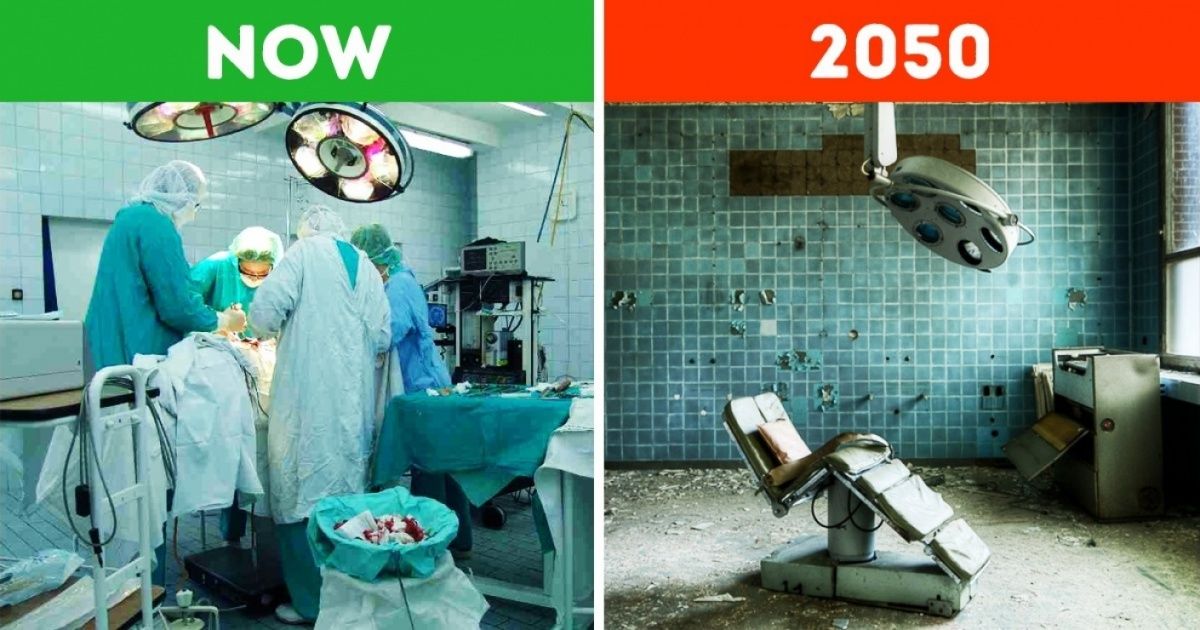
Landlines disappeared, and so did videotapes. With neverending technological advancements, there are a lot of other things that will go out of fashion or become good for nothing in the near future.
Bright Side rounded up a few things that you can’t imagine your life without right now, but they might not be familiar to the next generation at all. This list might be surprising to you as it contains some of your favorite things.
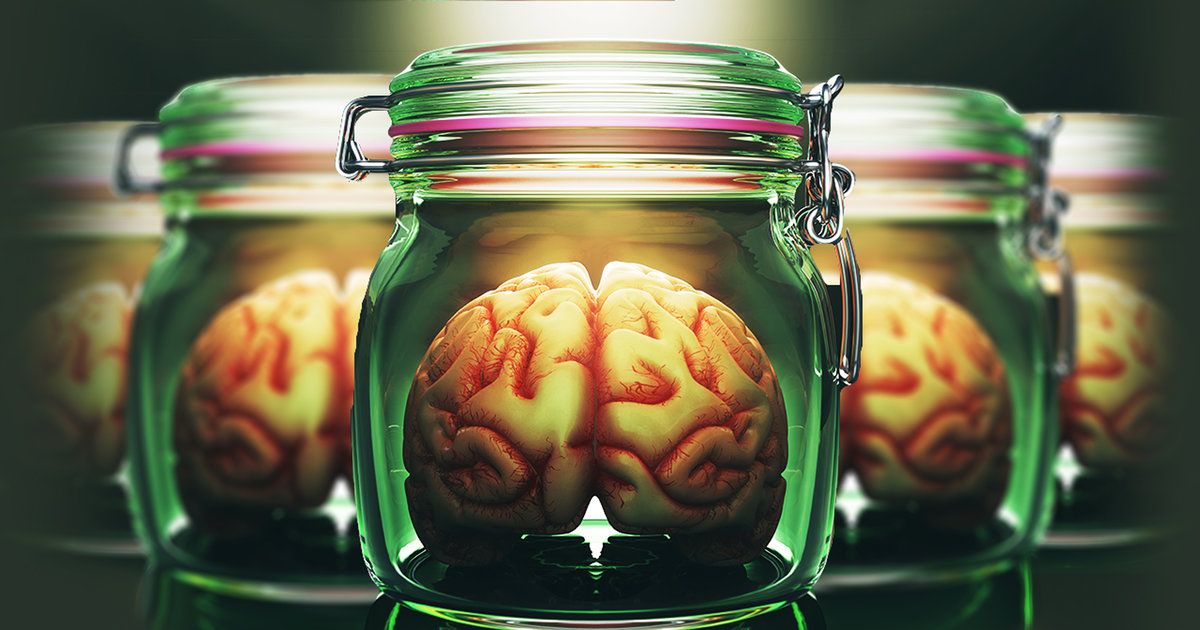
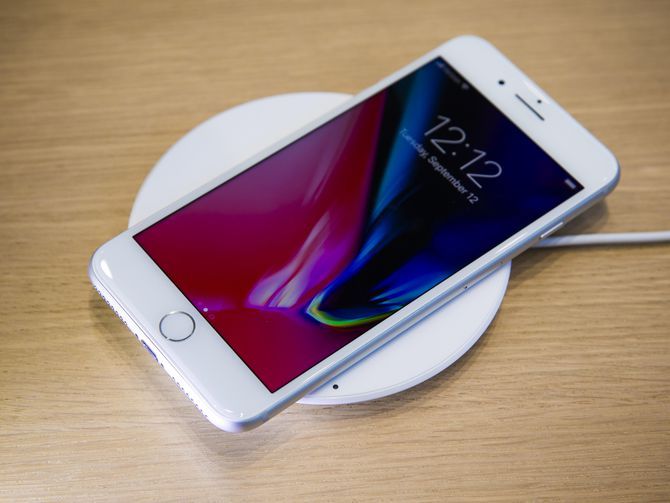
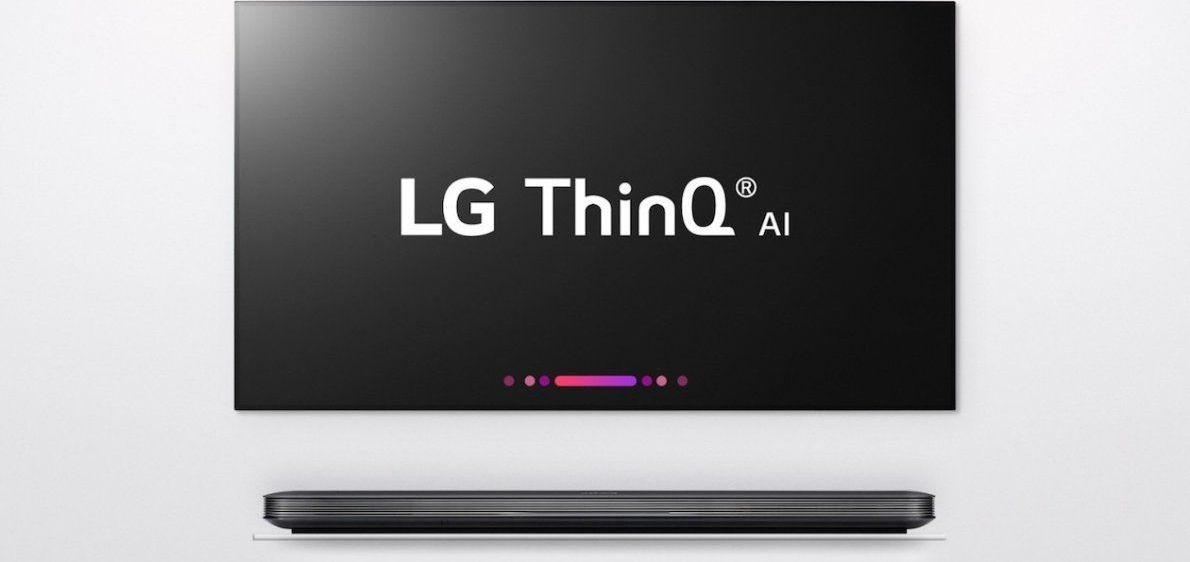

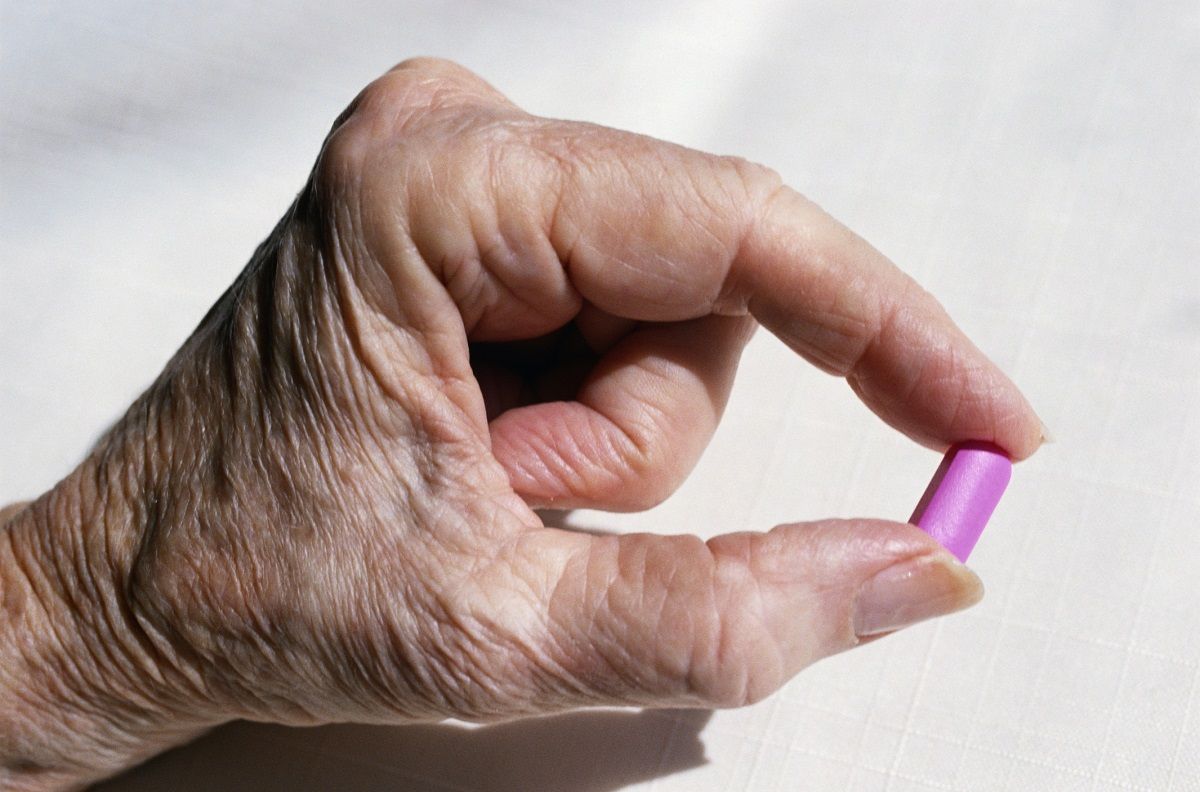
A look back at the most popular life extension articles of 2017.
Senolytic compounds hold promise to reverse aging in humans. In a review published yesterday, leading researcher James L. Kirkland, M.D., Ph.D., compiles a comprehensive list of the leading senolytic compounds under development for human use, two of which are currently in clinical trials. [This article first appeared on LongevityFacts.com. Follow us on Reddit | Google+. Author: Brady Hartman. ]
Imagine if you were able to reverse aging and bring your body back to its original health and vigor.
Researchers have already discovered a group of drugs called senolytics which perform this miraculous transformation in mice and are testing them in humans as we speak.
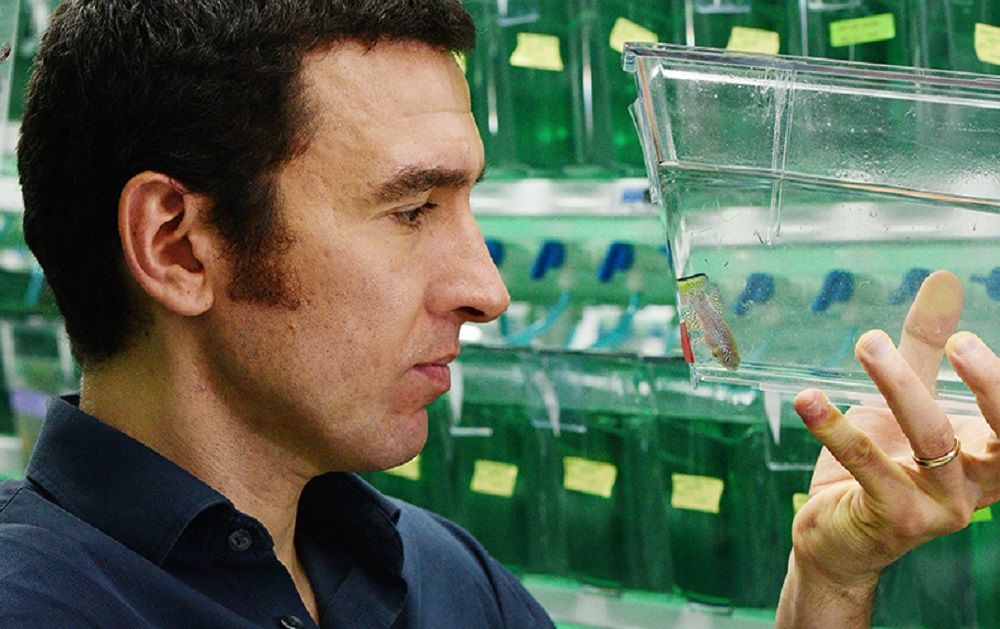
A look back at the most popular life extension articles of 2017.
The microbiome is emerging as a new player in human health. Researchers recently extended the lifespan of middle-aged animals by nearly 50% by infusing them with the poop of younger fish. [This article first appeared on the website LongevityFacts.com. Author: Brady Hartman. ]
Remember the young blood, old blood experiments in which the young blood of mice rejuvenated old mice?
Well, young poop may be even more rejuvenating.

A look back at the most popular life extension articles of 2017.
Summary: A geroscientist is a new breed of a researcher who aims to understand and defeat human aging using a branch of study called geroscience. What these longevity researchers have in the pipeline just may surprise you. [This article first appeared on the website LongevityFacts.com. Author: Brady Hartman. ]
A new breed of a researcher called the geroscientist is striving to end aging as we know it.
And the anti-aging drugs they have in the pipeline might just startle you.
At CES 2018 in Las Vegas, we faced off with Omron’s Forpheus, a robot that learns from your every move and expression, and plays harder as you get better.